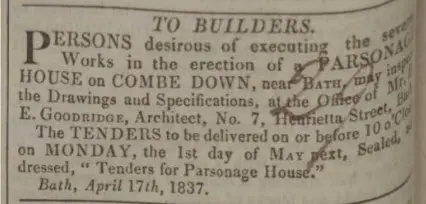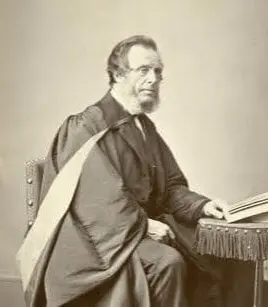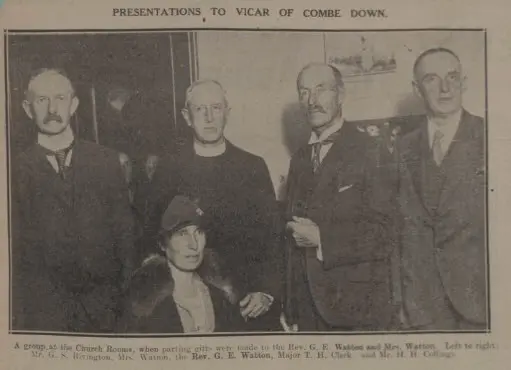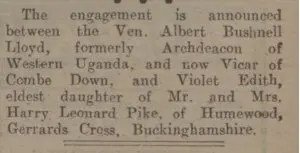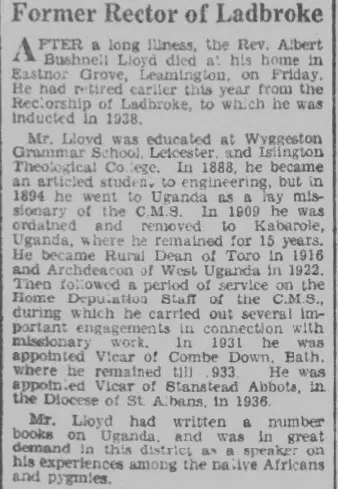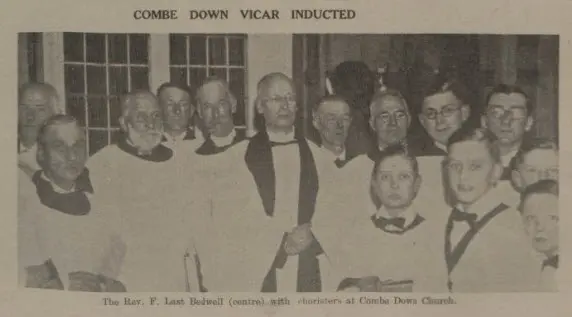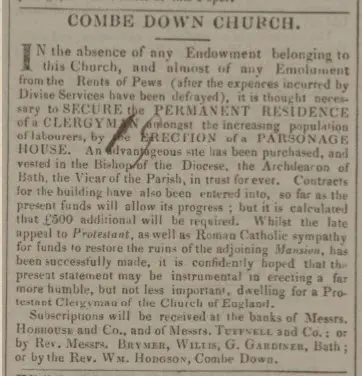
Holy Trinity church was consecrated on 29th June 1835 but there was nowhere for the vicar to live.
An appeal to build Combe Down Parsonage was launched in 1836 in The Bath Chronicle.
However, there was enough confidence that funds would be raised to proceed with tasking Henry Edmund Goodridge (1797 – 1864) to draw up plans and to ask for tenders in April 1837.
Building Combe Down Parsonage did not all go smoothly as the foundations proved a problem due to the previous quarrying on the site.

It seems the builder would not agree to cover the cost of foundations within the specification and an extra £330 had to be raised in 1841 to ensure that the outstanding debt for the building could be paid off. Several adverts were placed before the money was raised and the debts paid.
The house cost £1,795.00.
The design is dominated by exaggerated Jacobean detail such as parapeted gables, tall octagonal chimneys and stone mullioned windows.
Over the 35 years Rev Newnham was vicar a number of alterations and improvements were made including a garden arch in 1842; manure tanks in 1849; a greenhouse in 1853; changes to the stables in 1854; a dairy in 1857 and a cowshed in 1858; a scullery, school room and soup kitchen in 1860 and a workroom over the scullery in 1862. In 1934 the building was reduced by knocking down the scullery and school room extensions.
The house was used by the vicars of Combe Down until 1974 when it was sold to Dr John (Jack) Ferens Turner (1930 – 2002) and his wife Dr Anne Curtis Turner (née Pyke) (1939 – 2006). It then passed to their children Sophie, Edward & Jessica Turner until being sold in 2013 to Nicholas Christopher Kypros (b. 1971) and Katrina (née Hovsepian) (b. 1971) Nicholas.
Rev William Hodgson, 1835 – 1842
The first Combe Down church minister was Rev William Hodgson (b. 1806) who was Stipendiary Curate from 28 July 1835 until 1842.
I have been able to establish little about him but, according to the Bath Chronicle and Weekly Gazette of Thursday 30 December 1841, he was an “esteemed and laborious minister” and was presented with some silver plate on his departure.
Rev George William Newnham, 1842 – 1877
The next minister was Rev George William Newnham (1806 – 1893) who was perpetual curate of Combe Down from 1842 – 1877. He was also perpetual curate of Monkton Combe 1842 – 1863.
His sister, Sophia Elizabeth Newnham (1808 – 1876) had married Rev William Batchellor, who was curate of Chilcompton. He had owned 1 – 3 Claremont Buildings (now Hopecote) and given them to Rev Newnham and his sister in 1831, though they sold the houses between 1843 and 1846.
Rev Newnham was married 3 times.
First to Helen Maria Heath (1811 – 1834) of the Heath family of Staffordshire but she died in childbirth having William Heurtley Newnham (1834 – 1909), who went to Eton & Oxford, became a barrister and later a judge at Poonah in India.
Second he married Catharine Penneck Read (1820–1865) and they had 16 children.
Finally he married Harriette Helen White (1820 – 1889). She had set up a school for mentally deficient children in 1846 with her sister Charlotte, inspired by the work of Johann Jakob Guggenbühl.
In 1849 this became the Institution for Idiot Children and those of Weak Intellect. which later moved from 5 Walcot Parade to 35 Belvedere and then, in March 1887 to Rockhall House, Combe Down, BA2 5JF as The Magdalen Hospital School, later known as Rockhall School which then became part of the NHS and closed in 1980.

Rev Newnham was vicar at Combe Down for 35 years and whilst at Combe Down he was was also a on the Bath Board of Guardians and is, apparently, famous for denying the children in the workhouse the chance of going to the Pantomime.
When he retired moved to Corsham.
Rev Carr Glyn Acworth, 1877 – 1890
Rev Carr Glyn Acworth (1842 – 1928) became perpetual curate from 1877 – 1890. His father was Rev William Acworth (1803 – 1899) who was Vicar of Southstoke.
His father was married 4 times. First to Mary Currey (1809 – 1828) then to Harriet Garland Muller (1806 – 1846) then Margaret Dundas Mitchell (1817 – 1877) and finally to Sarah Stokes (1840 – 1931). Rev Carr Glyn Acworth’s mother was Harriet Garland Muller.
He had a half brother, born to Margaret Dundas Mitchell, who was Sir William Mitchell Acworth KCSI (1850 – 1925) a British railway economist, barrister and politician.
Rev Carr Glyn Acworth was married 3 times but had no children. His first wife was Mary Horrocks (1845 – 1894). Second he married Caroline Dewhurst Tower (1837 – 1913) and finally Adelaide Louisa Barrett (1869 – 1933).
In 1886 he published a booklet of 36 pages entitled ‘A Sermon Preached at Bath Abbey Church at the Jubilee of the Bath Temperance Association’
Rev Frank Ricardo Williams, 1890 – 1892
Rev Frank Ricardo Williams (1859 – 1937) was vicar from 1890 – 1892. He was the son of Rev James Augustus Williams (1820 – 1869) and Emma Louise Lenny (1826 – 1904) and in 1887 had married Blanche Mary Knight (1856 – 1922).
Rev Richard Nelson Howard, 1892 – 1897
Rev Richard Nelson Howard (1852 – 1932) was vicar from 1892 – 1897. He was married to Ellen Elizabeth Palmer (1853 – 1937) and his son, also Rev Richard Nelson Howard (1888 – 1919) is mentioned in the cutting.
His father was Rev Thomas Henry Howard (1804 – 1885) who was vicar of Warmley from 1860 – 1885 and two of his brothers were married to daughters of Rev Reginald Guy Bryan (1819 – 1912), Principal at Monkton Combe School from 1875 until 1900.
Rev Charles Howard (1853 – 1928) married Helen Gertrude Bryan (1860 – 1917) and Rev Alfred Howard (1857 – 1945) married Edith Mary Marow Bryan (1866 – 1951).
Rev Sawrey Brownlow Benson, 1897 – 1902
Rev Sawrey Brownlow Benson (1861 – 1918) was vicar from 1897 – 1902. In 1898 he married Nellie Sangster Rivington (1873 – 1927) the daughter of Capt George Rivington RN (1833 – 1915) who, at the time was living at Combe Villa (Scott House) but later moved to Claremont Villa (Ashlands).
He was the son of Rev Dr Richard Brownlow Benson (1831 – 1914) and Elizabeth Barbara Gilpin (1831 – 1917). Rev Dr Richard Brownlow Benson qualified as a physician and practised in Harley Street, but a spinal complaint forced his retirement in the late 1850s. He spent the rest of his life as non-conformist minister at Church Pulverbatch in Shropshire, where his grandfather had formerly been rector.
Elizabeth Barbara Gilpin was a daughter of the Rev Bernard Gilpin (1803 – 1871), non-conformist minister of Bengeo, Hertford, and Henrietta Jeffreys (1807-1841). Henrietta was a great-great-grand-niece of George Jeffreys, 1st Baron Jeffreys of Wem, PC (1645-1689), the ‘Hanging Judge‘ at the ‘Bloody Assizes‘ after Monmouth’s Rebellion, Lord Chief Justice, Lord Chancellor and President of the Ecclesiastical Commission.
Rev Bernard Gilpin was a younger brother of Frances Gilpin (1794 – 1865) who married Rev John Benson (1783 – 1860); their parents were the Reverend William Gilpin (1757 – 1848), who was rector of Church Pulverbatch for 42 years, and Elizabeth Barbara Farish (1760 – 1832). Thus, Rev Sawrey Brownlow Benson had the same great-grandparents on both his mother’s and father’s side of the family.
Rev Sawrey Brownlow Benson’s brother, Richard de Gylpyn Benson (1856-1904), was a noted botanist and his middle name refers to their ancestor Richard de Gylpyn who was granted the 4,000 acre manor of Kentmere, and who slew the last wild boar in Westmorland during the reign of King John.
Rev Alfred Richardson, 1902 – 1914
Rev Alfred Richardson (1853 – 1925) was vicar from 1902 – 1914. He was married to Emma Leatham (1853 – 1925).
Their only son Capt Alfred Terence Leatham Richardson (1892 – 1917) was educated at Eton and Exeter College, Oxford. He served with West Somerset Yeomanry in Gallipoli and in Egypt and was killed in action in Palestine on Tuesday, 6 November 1917.
After he retired he wrote: An historical guide to Monkton Combe, Combe Down and Claverton with Rev David Lee Pitcairn (1848 – 1936) who was vicar of Monkton Combe from 1883 – 1914 and also a great grandson of Arthur Guinness (1725 – 1803) – the brewer.
Alfred Richardson‘s wife was Emma Leatham and her great aunt Mary Leatham (1738 – 1820) was married to Thomas Howard (1736 – 1834) whose grandson was Rev Thomas Henry Howard (1804 – 1885) and whose great grandson Rev Richard Nelson Howard (1852 – 1932) was vicar of Combe Down from 1892 – 1897.
Rev Dr Henry Darrell Sudell Sweetapple, 1914 – 1920
Rev Dr Henry Darrell Sudell Sweetapple (1862 – 1953) was vicar from 1914 – 1920. Rev Sweetapple came from a family that had many members in the clergy.
His father was Rev Thomas Sweetapple (1829 – 1867) and his mother Elizabeth Horlock (1833 – 1920).
He married Mary Beatrice Halliburton Laurie (1872 – 1953) the daughter of Lt Gen John Wimburn Laurie MP (1835 – 1912) and Frances Robie Collins (1838 – 1935).
His maternal great great great grandfather was George Miller (1677 – 1740) who was vicar of Box who married Susannah Webb (1688 – 1740) of Ashwick Hall, Marshfield in 1729.
She was the daughter of William Webb (1658 – 1724) who had no sons and so left his estate to his wife Elizabeth and thereafter his eldest daughter Lucy Webb (1684 – 1746) and her legal heirs, However, Lucy died childless and his will[1] stipulated that Susannah was next in line.
Her son and Rev Sweetapple’s maternal great great grandfather was Isaac Webb Horlock (1728 – 1821).
He inherited Ashwick Hall (now Ashwicke Hall School) and The Rocks (a Jacobean mansion that is now a ruin) at Marshfield.
He was High Sheriff of Wiltshire in 1787.
In 1775 he became a partner in Bath & Somersetshire Bank on Milsom Street, now occupied by Stuckeys Branch of the NatWest.
The founding partnership was Isaac Webb Horlock, Joseph Mortimer, Thomas Warr Attwood, William Anderdon (an apothecary and Mayor of Bath in 1786), Samuel Goldney and William Street (an apothecary who married Elizabeth Wood, daughter of architect John Wood the elder).
By 1793 the partners were Caleb Jones, Isaac Webb Horlock, and William Anderdon. Caleb Jones was described as the active partner with his signature appearing on the notes.
There was an attempt to avoid a formal bankruptcy and initially the bank’s problem was presented to its creditors as being a lack of liquidity rather than an excess of liabilities over assets.
However, Isaac Webb Horlock, William Anderdon and Caleb Jones were made bankrupt.
Isaac Webb Horlock had to sell land and shares to meet the demands of creditors[2] and dividends were still being paid to them in 1819.[3]
Rev Isaac William Webb Horlock (1756 – 1829) Rev Sweetapple’s maternal great grandfather and the eldest son of Isaac Webb Horlock owned the advowson for Box and appointed himself vicar in 1799.
He married Anne Holled Smith (1759 – 1849) who was an heiress and it is said that her fortune helped to build Box House in 1808.
When he died the family decided that Isaac’s replacement would be his third son Rev Holled Darrell Cave Smith Horlock (1807 – 1902) who was Rev Sweetapple’s maternal grandfather.
However he was still at university in Oxford. He was quickly ordained into the church as a deacon and immediately appointed as assistant stipendiary curate to the parish in October 1830.
He was given a stipend of £50 p.a. and possession of his fathers vicarage, garden and offices.
Rev Horatio Moule (1805 – 1886) was appointed vicar until Horlock could take over which he did as soon as he was made a priest in 1831. Horatio Moule resigned the following day.
Rev Holled Darrell Cave Smith Horlock married Elizabeth Sudell (1809 – 1858). She was also an heiress as the daughter of the daughter of Henry Sudell (1754 – 1856), a cotton magnate, who had moved from Blackburn having been declared bankrupt to the tune of £165,000. Elizabeth Suddell and her sister Alice were, supposedly, murdered.
Rev Sweetapple was very active on Combe Down during the war years and became a Temporary Chaplain to the army from 1915 – 1919. He seems to have been involved with the community and well liked. From 1917 – 1920 he was on the committee of the campaign to raise the £750 needed to purchase Firs Field for the community.
In 1920, on leaving Combe Down, Rev Dr Henry Darrell Suddell Sweetapple, grandson of Rev Holled Darrell Cave Smith Webb Horlock, became vicar of Box. He stayed just 4 years and was the last vicar of Box to obtain his post by the advowson system. I
n 1926 Rev Sweetapple (who by then had changed his name to Sweetapple-Horlock) bought Tarr Steps farm and established a hostel for urban boys to learn farm work. In 1939 he was temporarily in charge of Bath Abbey parish.[4]
Rev George Edward Watton, 1920 – 1930
Rev George Edward Watton (1871 – 1964) was vicar from 1920 – 1930.
He married Isabel Florence Kate Nevill (1878 – 1960) and they seem to have been childless.

Ven Albert Bushnell Lloyd, 1930 – 1933
Ven Albert Bushnell Lloyd (1871 – 1946) was vicar from 1930 – 1933. He was a missionary and Archdeacon of Western Uganda. His written works include: Uganda to Khartoum (1906), In Dwarf Land and Cannibal Country (1907), Dayspring in Uganda (1921) and Apolo of the Pygmy Forest (1923).
He married Mary Ethel Masters (1872 – 1931) and they seem to have had one son. She is buried at St Michael & All Angels in Monkton Combe and her inscription reads:
IN EVER LOVING MEMORY OF MARY ETHEL DEARLY BELOVED WIFE OF THE VEN. ALBERT B. LLOYD ENTERED INTO ETERNAL REST DEC. 20. 1931 AGED 59. JESUS STOOD ON THE SHORE. JOHN.21.4
A clipping in the Chronicle suggests he became engaged in 1933, but I can find no marriage record. His intended was some 30 years younger.
Rev Frank Last Bedwell, 1933 – 1937
Rev Frank Last Bedwell (1877 – 1937) was vicar from 1933 – 1937.
He married firstly Christine Esther Maria Lundberg (1883 – 1914) who’s father was Swedish. He married secondly Elsa Warmsley (1889 – 1975). His daughter Elizabeth Kathleen Bedwell (1925 – 2019) married Reginald Robert Winthrop Hackett (1921 – 2013) who was related to Isabella, Viscountess Hawarden.
From 1925 – 31 he was tract editor and home superintendent of the Religious Tract Society.
He died on holiday at Mawgan Porth in Cornwall probably of a heart attack.[5]
Rev Ernest Roberts, 1937 – 1945
Rev Ernest E Roberts was vicar from 1937 – 1945. He went thereafter to be vicar of Herne Bay.
Rev Benjamin Joseph W Turnock, 1945 – 1961
Rev Benjamin Joseph W Turnock (1906 – 1979) was vicar from 1944 – 1961
Rev Walter John Carpenter, 1961 – 1962
Rev Walter John Carpenter, was vicar from 1961 – 1962
Rev W J C Hislop, 1962 – 1971
Rev W J C Hislop, was vicar from 1962 – 1971
Preb Charles Mervyn Wedgwood, 1971 – 1981
Prebendary Charles Mervyn Wedgwood (1916 – 2003) was vicar from 1973 to 1981 and during his tenure The Vicarage was sold and the new vicarage was at 141 Bradford Road. He had been a chaplain to the RAF during WW2.
Rev Jeremy Nathaniel Wordsworth, 1982 – 1995
Rev Jeremy Nathaniel Wordsworth (1930-2019), was vicar from 1982 – 1995 and lived at at 141 Bradford Road.

Rev Peter A East, 1995 – 1996
Rev Peter A East was vicar from 1995 – 1996 and lived at at 141 Bradford Road.
Rev Paul Jonathan Langham, 1996 – 2010
Rev Paul Jonathan Langham was vicar from 1996 – 2010 and during his incumbency the vicarage moved to Lonsdale, 81 Church Road.
Rev Paul Kenchington, 2010 – 2017
Rev Paul Kenchington was vicar from 2010 – 2017.
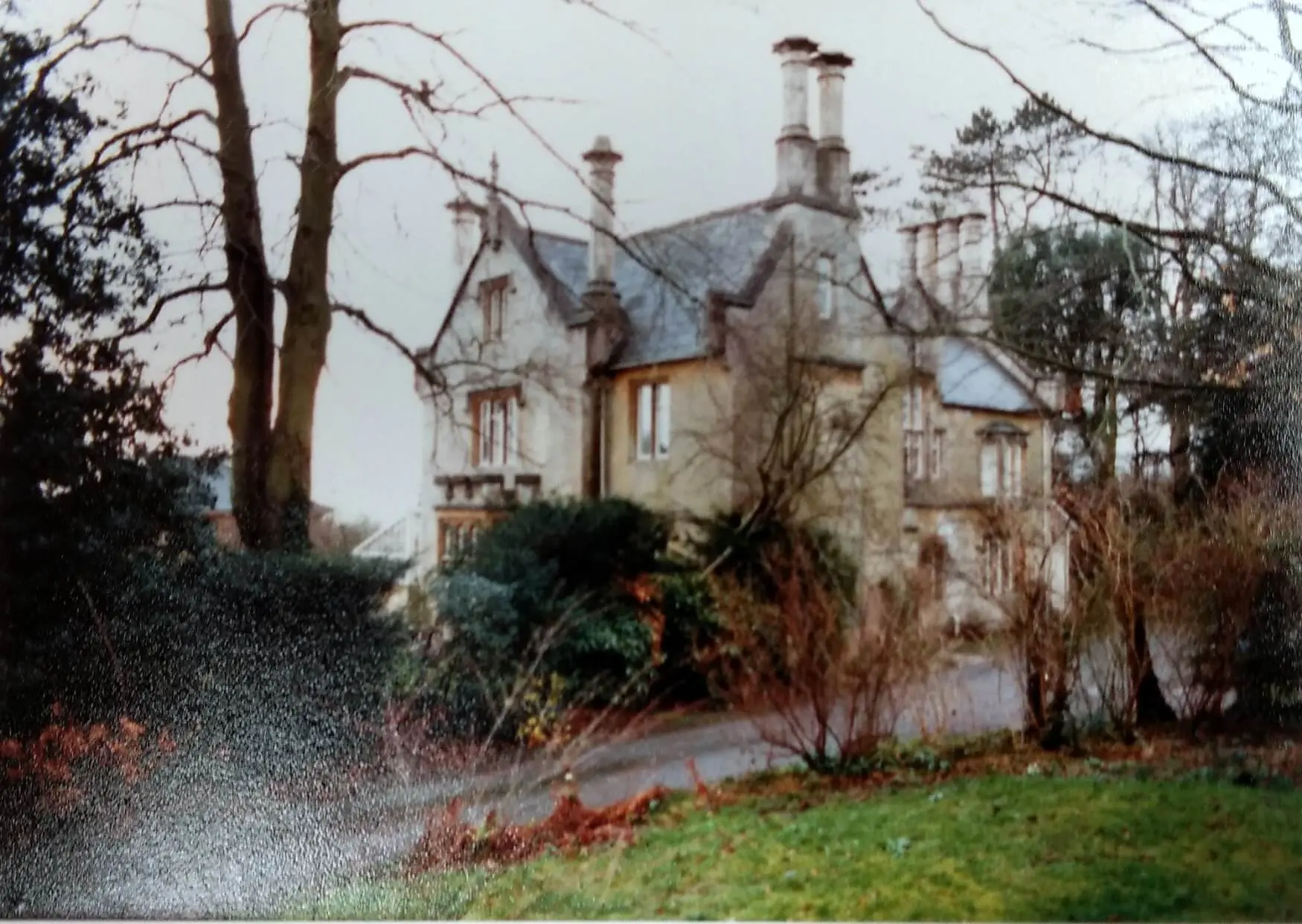
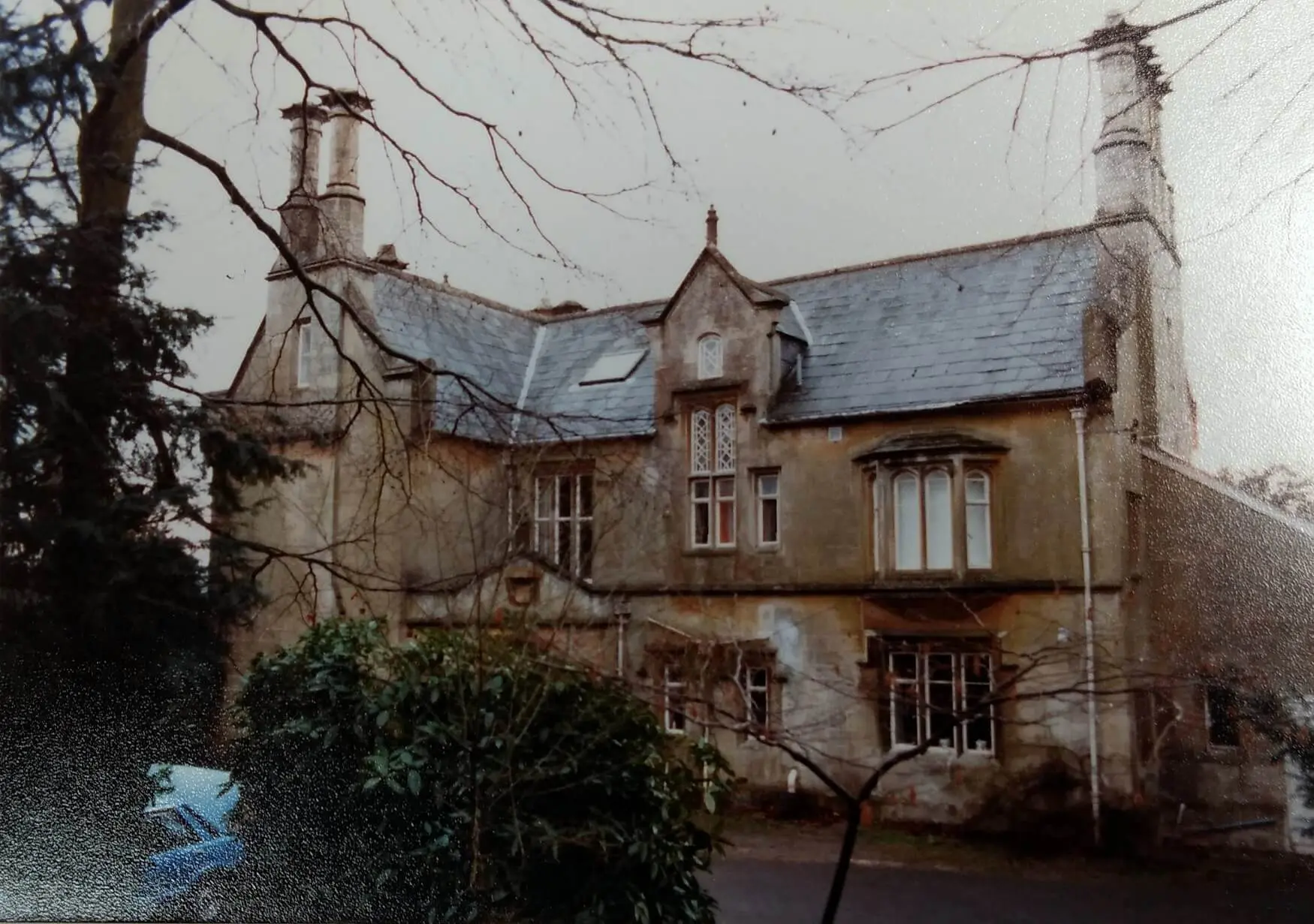
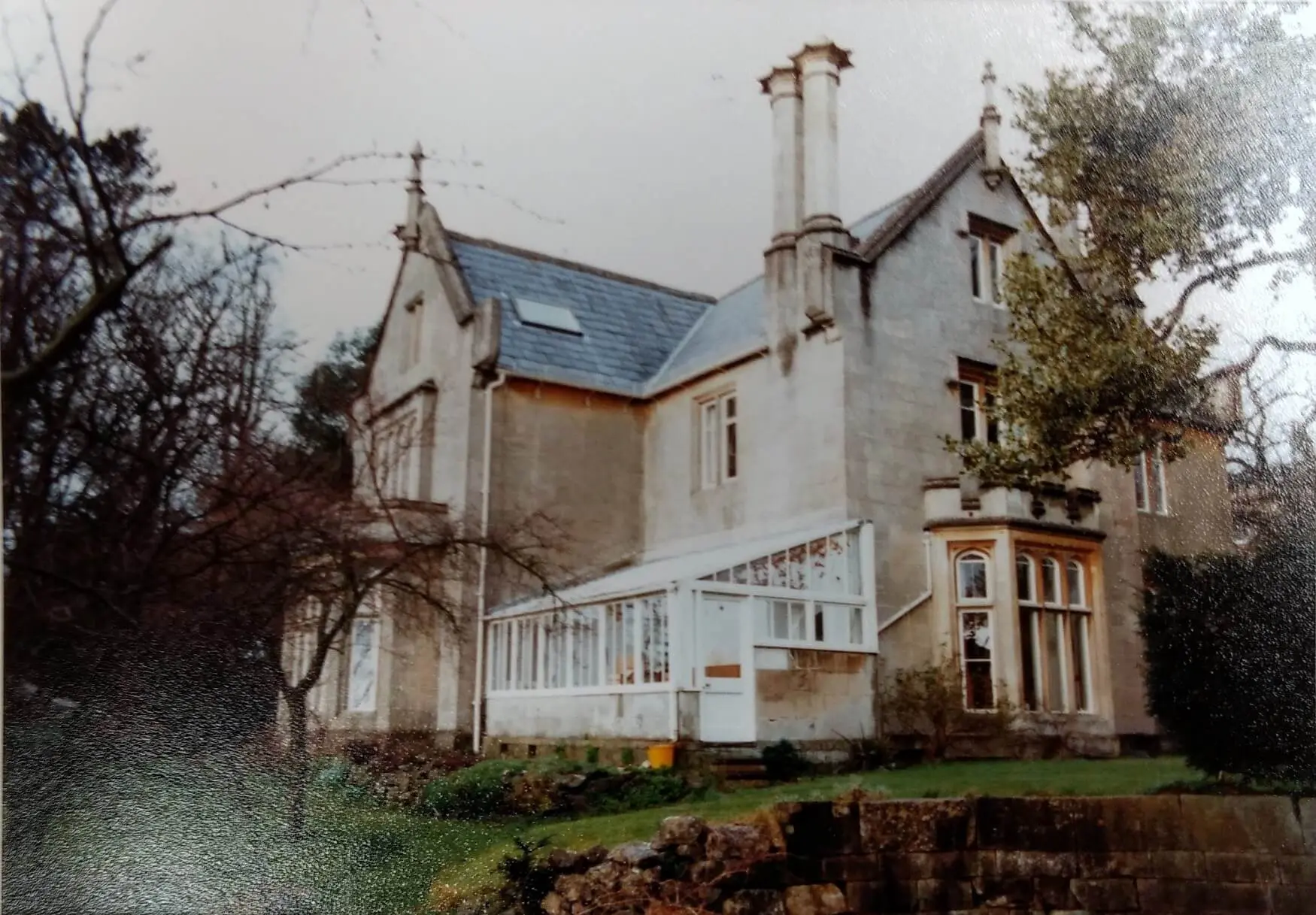

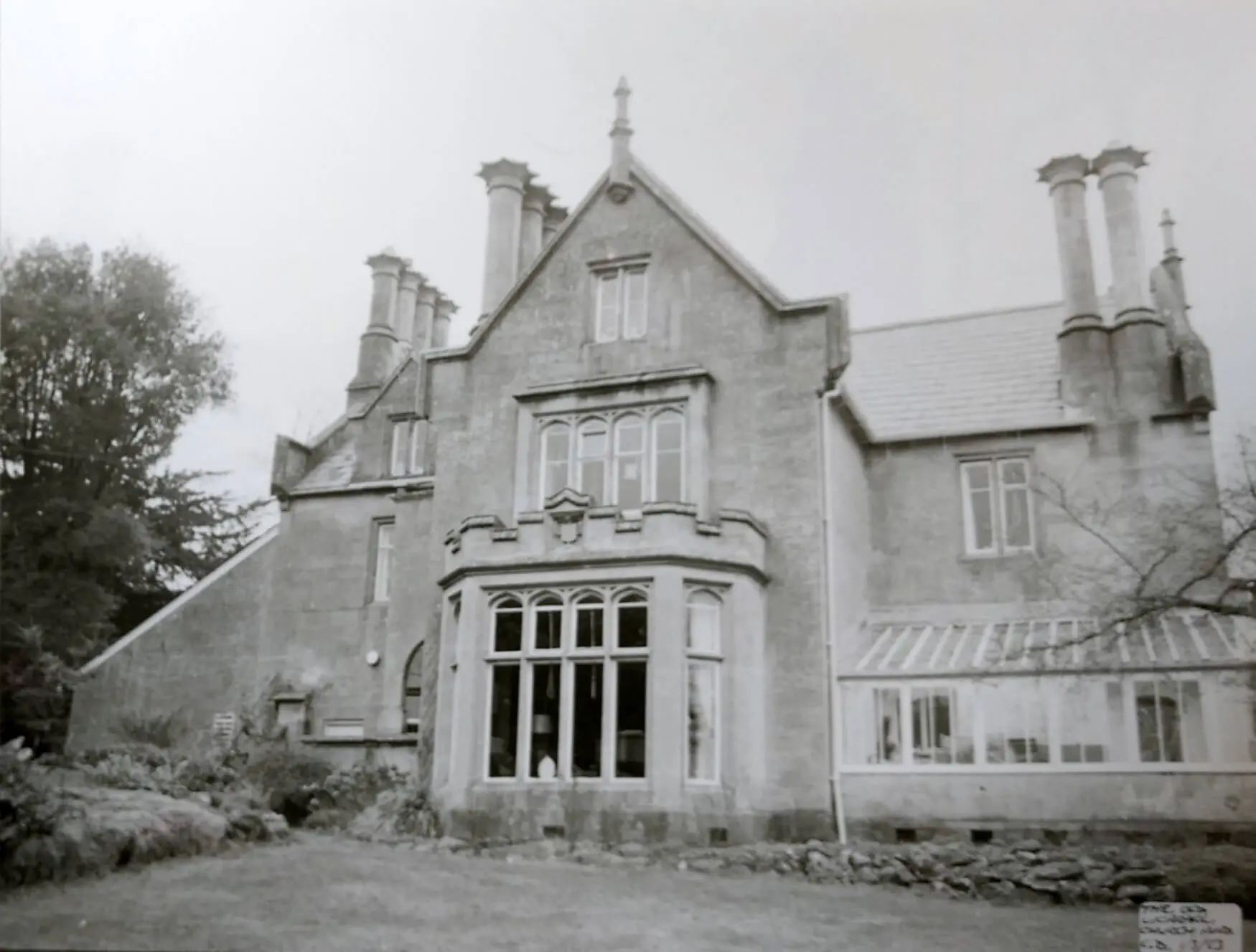
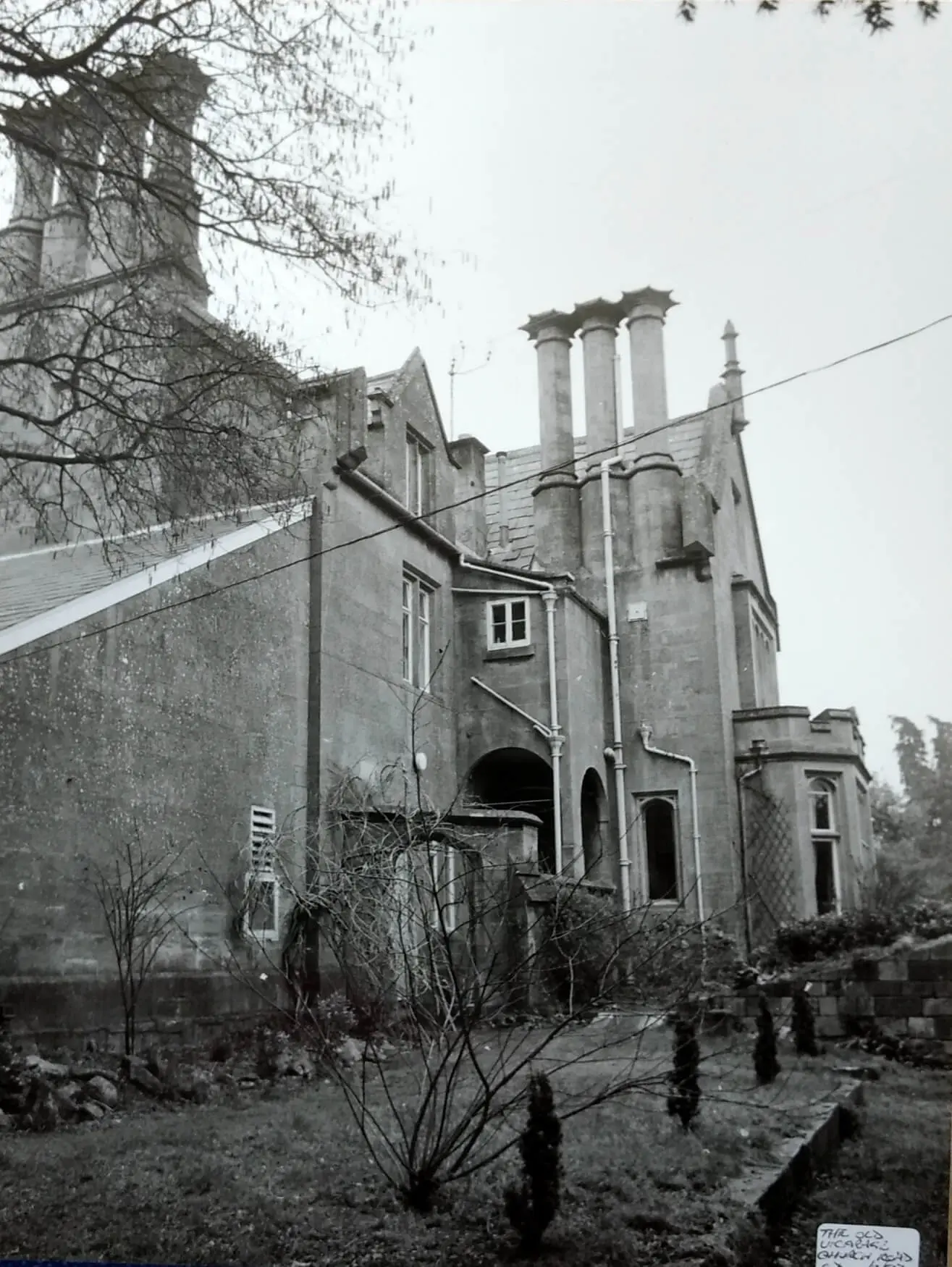
Contents
- 1 Rev William Hodgson, 1835 – 1842
- 2 Rev George William Newnham, 1842 – 1877
- 3 Rev Carr Glyn Acworth, 1877 – 1890
- 4 Rev Frank Ricardo Williams, 1890 – 1892
- 5 Rev Richard Nelson Howard, 1892 – 1897
- 6 Rev Sawrey Brownlow Benson, 1897 – 1902
- 7 Rev Alfred Richardson, 1902 – 1914
- 8 Rev Dr Henry Darrell Sudell Sweetapple, 1914 – 1920
- 9 Rev George Edward Watton, 1920 – 1930
- 10 Ven Albert Bushnell Lloyd, 1930 – 1933
- 11 Rev Frank Last Bedwell, 1933 – 1937
- 11.1 Rev Ernest Roberts, 1937 – 1945
- 11.2 Rev Benjamin Joseph W Turnock, 1945 – 1961
- 11.3 Rev Walter John Carpenter, 1961 – 1962
- 11.4 Rev W J C Hislop, 1962 – 1971
- 11.5 Preb Charles Mervyn Wedgwood, 1971 – 1981
- 11.6 Rev Jeremy Nathaniel Wordsworth, 1982 – 1995
- 11.7 Rev Peter A East, 1995 – 1996
- 11.8 Rev Paul Jonathan Langham, 1996 – 2010
- 11.9 Rev Paul Kenchington, 2010 – 2017
- 11.10 Related Images:


